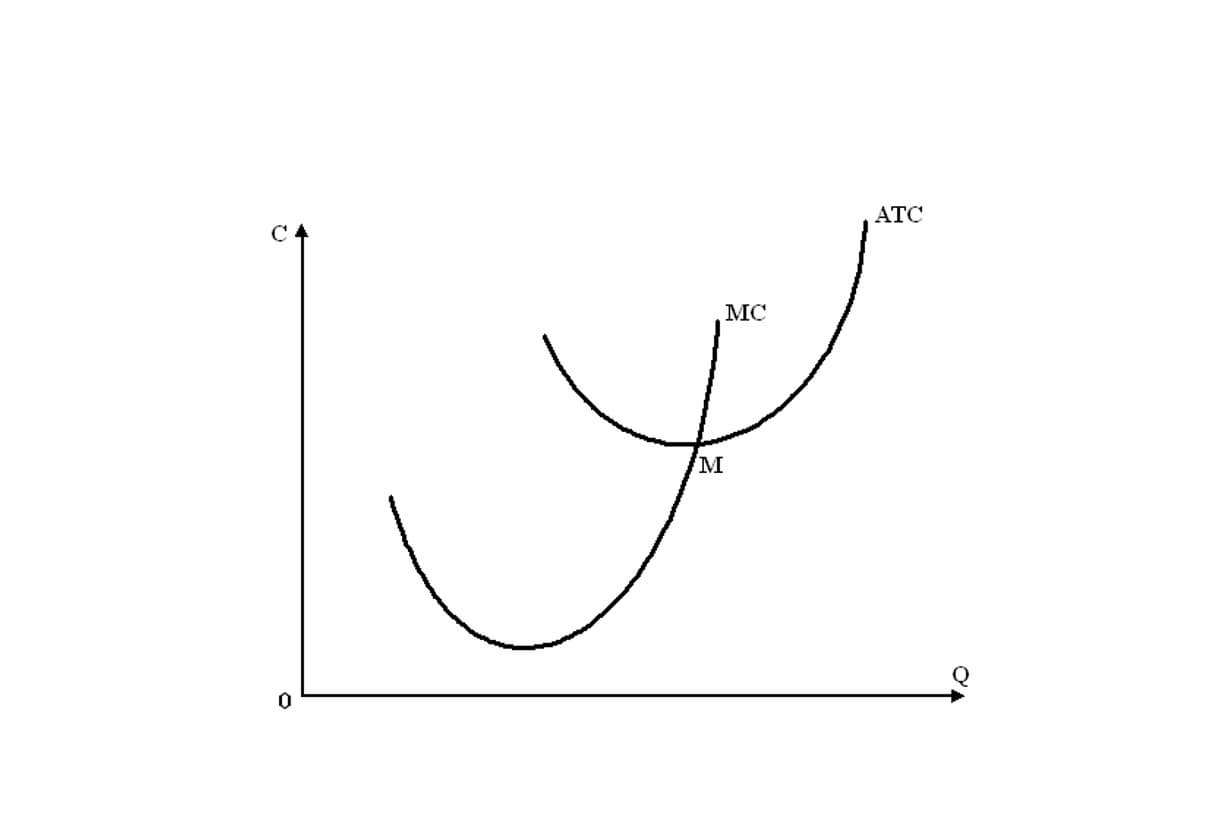
Large companies and governments often utilize bonds to acquire additional capital. They can help a business pay for large expansions and are issued as secured bonds or unsecured bonds. Accounting standards require that liabilities be reported in accordance with accepted accounting principles. Current liabilities are used as a key component in several short-term liquidity measures.
What Is Financial Ratio Analysis? A Small Business Guide
You would classify a liability as a current liability if you expect to liquidate the obligation within one year. If there is a long-term note or bond payable, that portion of it due for payment within the next year is classified as a current liability. Most types of liabilities are classified as current liabilities, including accounts payable, accrued liabilities, and wages payable. In accounting, liabilities are debts your business owes to other people and businesses.
What is a liability account?
When presenting liabilities on the balance sheet, they must be classified as either current liabilities or long-term liabilities. A liability is classified as a current liability if it is expected to be settled within one year. Accounts payable, accrued liabilities, and taxes payable are usually classified as current liabilities. If a portion of a long-term debt is payable within the next year, that portion is classified as a current liability. Assets and liabilities are two fundamental components of a company’s financial statements. Assets represent resources a company owns or controls with the expectation of deriving future economic benefits.
How are assets and liabilities related and treated differently in financial statements?

They are vital components of a balance sheet, which is one of the primary financial statements used by stakeholders to assess a company’s performance and sustainability. A liability is something that a person or company owes, usually a sum of money. Liabilities are settled over time through the transfer of economic benefits including what is liabilities in accounting money, goods, or services. They’re recorded on the right side of the balance sheet and include loans, accounts payable, mortgages, deferred revenues, bonds, warranties, and accrued expenses. Current liabilities are a company’s short-term financial obligations that are due within one year or within a normal operating cycle.
This can give a picture of a company’s financial solvency and management of its current liabilities. When you borrow funds, you’ll have to pay interest to the creditor. However, other liabilities such as accounts payable often don’t have interest charges since these are due in less than six months. In very specific contract liabilities, failure to pay on the installment date will produce penalties, and such penalties can also be considered a cost of having liabilities. In financial accounting, a liability is a quantity of value that a financial entity owes.

Current Liabilities
Liabilities are one of 3 accounting categories recorded on a balance sheet, along with assets and equity. Long-term liabilities are debts that take longer than a year to repay, including deferred current liabilities. Contingent liabilities are potential liabilities that depend on the outcome of future events. For example contingent liabilities can become current or long-term if realized. Long-term liabilities are a useful tool for management analysis in the application of financial ratios.
- Liabilities are carried at cost, not market value, like most assets.
- Another popular calculation that potential investors or lenders might perform while figuring out the health of your business is the debt to capital ratio.
- However, poor management of liabilities may result in significant negative consequences, such as a decline in financial performance or, in a worst-case scenario, bankruptcy.
- Accounts payable is the firm’s largest current liability, which is often the case among most businesses.
What is a liability?
In conclusion, liabilities play a crucial role in business operations, as they represent the financial obligations a company has to its employees, suppliers, lenders, and other stakeholders. Proper management of these liabilities is essential to ensure smooth business operations and long-term financial health. Proper understanding and management of liabilities in accounting are essential for a company’s financial stability and growth.
Current Liabilities vs. Long-Term

Loans for machinery, equipment, or land are examples of long-term liabilities, whereas rent, for example, is a short-term liability that must be paid within the year. A company’s long-term debt can be compared to other economic measures to analyze its debt structure and financial leverage. The accounting objectives for liabilities are to recognize the obligation incurred by the business and provide a way of measuring future repayment obligations. Liabilities also indicate how the company manages its assets and equity.

